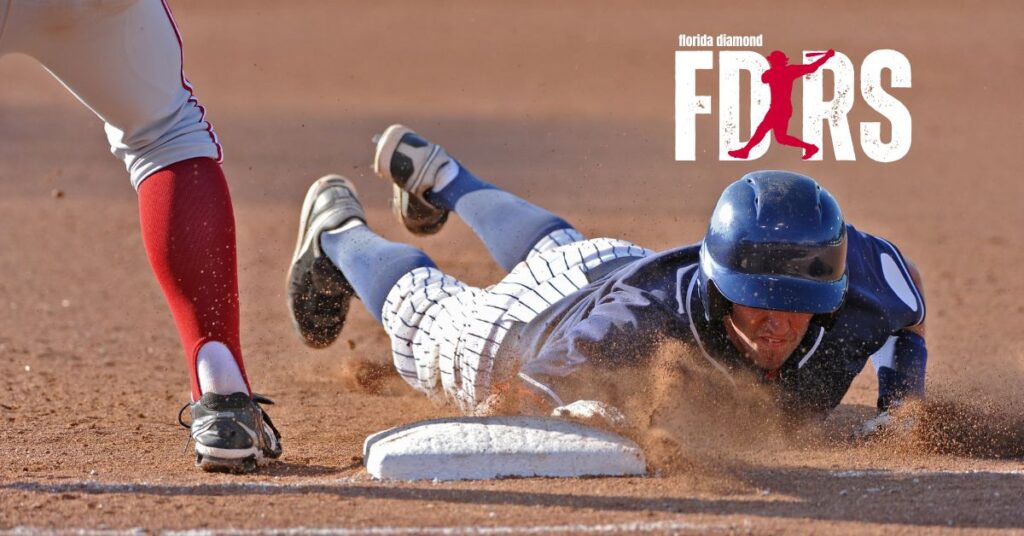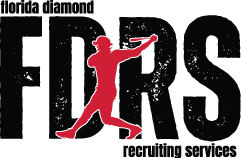📍Located in Fort Lauderdale, Florida

Now that the summer travel season has come to a close, it has certainly been one of tremendous change, to say the least, with regard to college athletics as a whole and college baseball in particular. The advent of a roster limit of 34 at the D1 level, along with schools now having the option to fully fund the entire roster with 34 full scholarships, we are beginning to see some of the fallout effects already. In truth, while there has been a tremendous amount of speculation about how this will all play out, nobody, from coaches, to players, to all parties involved, with complete certainty knows. What we do know is that not all of the 300 D1 baseball programs will be able to fully fund the 34 permitted full scholarships. We also know that just amongst the P4 schools, there will be 336 fewer roster spots with the now mandated roster maximum of 34, down from 40. That is not including the remaining over 240 plus D1 baseball playing schools and their roster reductions. Like anything in life, the trickle-down effect starts from the top. It just got harder to play college baseball at levels.
The transfer portal, roster size reduction, 34 full scholarships. This is the new era of college baseball. Oh, and bye the way, August 1st is here, and the 2026 class can now have direct communication with D1 coaches. That was a change first implemented on August 1st, 2023. So what does this mean for the high school player that aspires to play college baseball? First and foremost, the elite, physically ready to contribute from the moment they step on campus, will still have D1 opportunities in front of them during the recruiting process. For those who aspire to get to that D1 level, the road there is now much different. It can be via the traditional JUCO route or playing at a lower level such as D2, D3, or NAIA. Put up some numbers and enter the transfer portal. We have seen coaches at these levels embrace the idea of their own players developing and maturing physically under their tutelage, and then moving on. That philosophy in itself, is certainly new, but yet a sign of the times and the landscape of the college game. Or maybe you attend and play at a non-D1 program and find that the fit is great and you could not be happier. In the end, for the high school player, there are great fits at all levels of college baseball.
The college game will continue to get more competitive at all levels. There are many factors that go into that. Too many to address in this article alone. The high school baseball player of today must be able to keep an open mind during the recruiting process while looking for the right fit for both him and the school. Keep in mind that the player does not choose the level; the level chooses the player. And that process may continue to evolve even during their college playing career.
The transfer portal had over 5,000 players enter it this year. Most have yet to find a new home. With the new roster limits set for the 2025–26 year, it is widely believed that next year the transfer portal will surpass that number. We all have seen/heard about incoming freshmen being told by the school that they had signed with that there is no room for them on the roster this fall. A clear sign of how once again, the transfer portal has effected the high school player.
Players and families of the 2025 class and beyond need to embrace one thought moving forward…Opportunities to play college baseball at ALL levels have just become even harder. Well-informed, educated players and families with regard to the ever-changing landscape of college baseball recruiting will have the greatest chances of finding the right fits academically, athletically, geographically, and financially. Whether the education process comes from the high school coach, the travel organization, a recruiting consulting service, or a combination of any or all three, have some sort of guidance. Be educated!
This summer saw a marked decrease of college coaches attending summer tournaments. This has been well talked about. They were still there, but maybe just one coach in attendance while the other coaches were at collegiate summer leagues evaluating players who had already entered the portal. Playing on a quality summer team in a reputable organization is as important as ever, as you will be playing in the tournaments that still attract college coaches while playing for programs that college coaches know have players that can compete at the next level and also have personnel/coaches involved that they can trust for honest evaluations from a tools/skills standpoint to the makeup and background of a player.
In summary, do your homework. Get sound advice and guidance. If you don’t, you will be wasting valuable time and resources. Keep an open mind to all options/levels. Consider attending realistic college camps along with showcases that have multiple schools of programs that may be a potential fit. Your first stop in your college career may not be your last. In today’s landscape, that ideal is not frowned upon anymore as it once was. Opportunities to continue playing the game you love while pursuing your education are out there. Have the proper framework and supporting network to identify those potential opportunities. I very recently had a JUCO coach tell me that they are going to hold off on 2025 position players for now as they await the potential fallout from the roster reductions at the D1 level after next season. The lesson here is to embrace/consider/research all schools that show interest. Opportunities are out there, as stated previously, even if they may not be as plentiful as before.
The landscape and process have changed! It is more fluid than ever. Get educated. Get sound advice. Have a realistic plan and vision both short-term and long-term to continue your education while playing baseball at the collegiate level.






